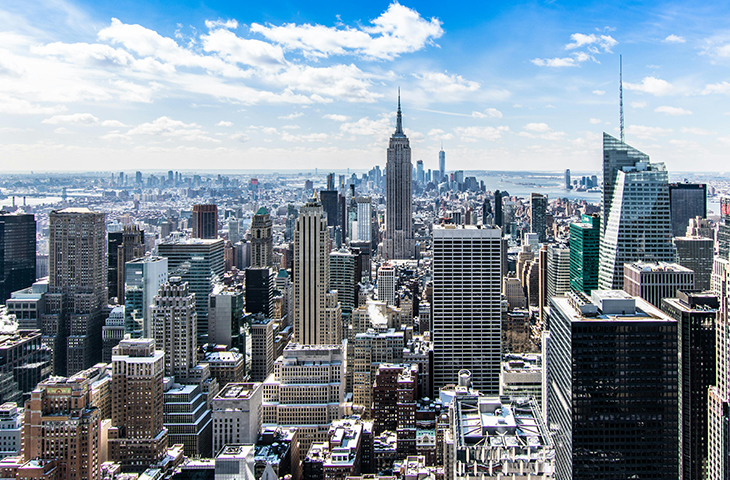As Pakistan Bets On A Mining Boom, Can It Equal Indonesia’s Nickel Success?
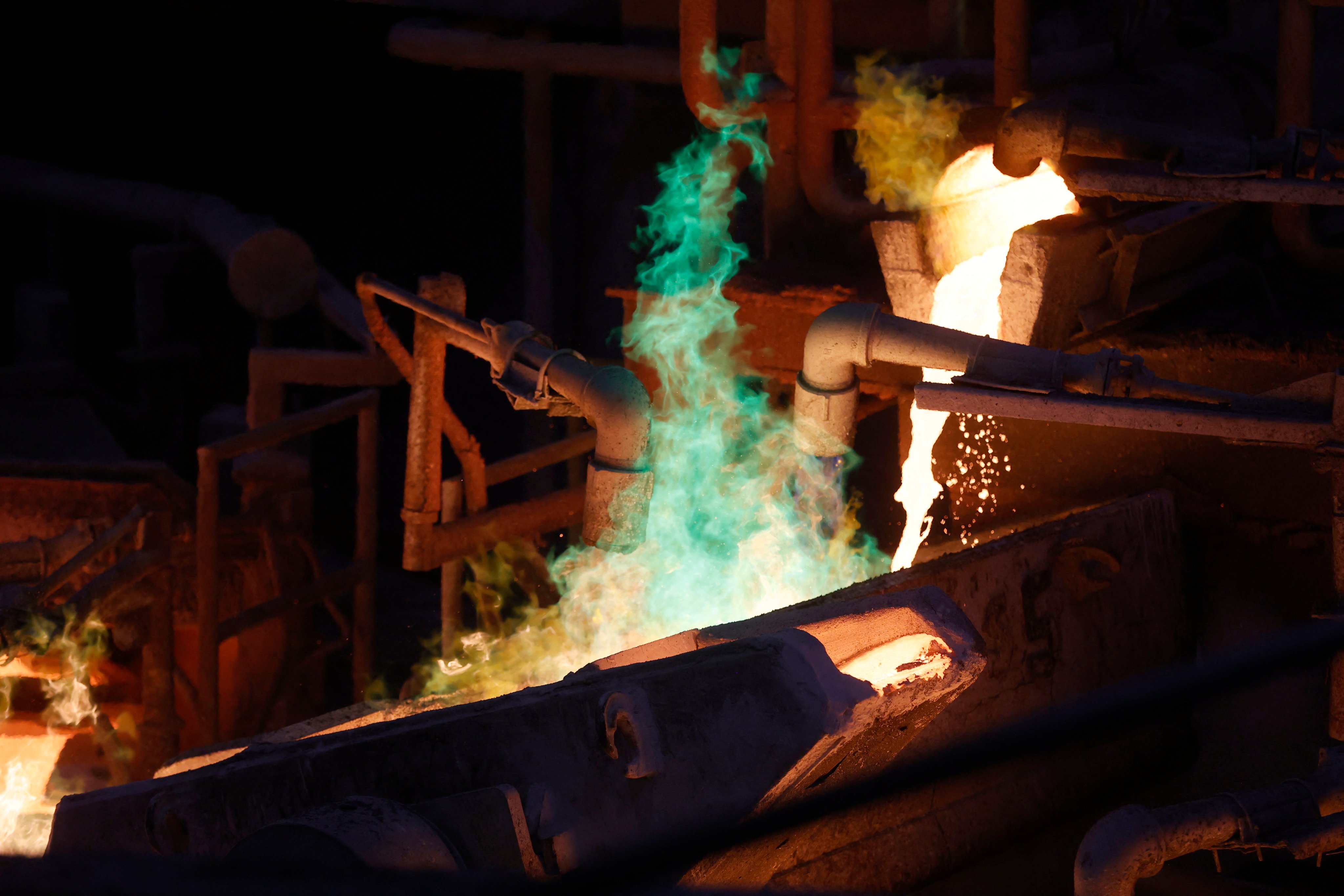
Pakistan is poised to join the ranks of the world’s top producers of critical metals by the end of the decade, thanks to an April 8 deal between the government and Canadian mining giant Barrick Gold. Together, they aim to unlock the vast potential of Reko Diq, home to the world’s largest known untapped deposits of copper and gold with near-term production potential.
Chinese firms are already on the ground, Saudi Arabia is on the verge of investing, and the United States is clamouring for access to Pakistan’s mineral wealth. Analysts say this convergence of global interest gives Pakistan a rare chance to break free of its decades-long cycle of fleeting economic booms followed by prolonged stagnation.
“If Pakistan plays its cards right, it can leverage US-China competition to its advantage,” said Michael Kugelman, a Washington-based South Asia analyst. He argued that the country could secure investment deals from both powers, maximising returns from the expected influx of capital.
But the opportunity comes with risks. Pakistan faces mounting pressure to favour either China or the US in lucrative mining deals, Kugelman warned. This, in turn, could deepen Islamabad’s entanglement in global rivalries, “depriving it of the agency it would want to navigate geopolitical competition to its advantage”.
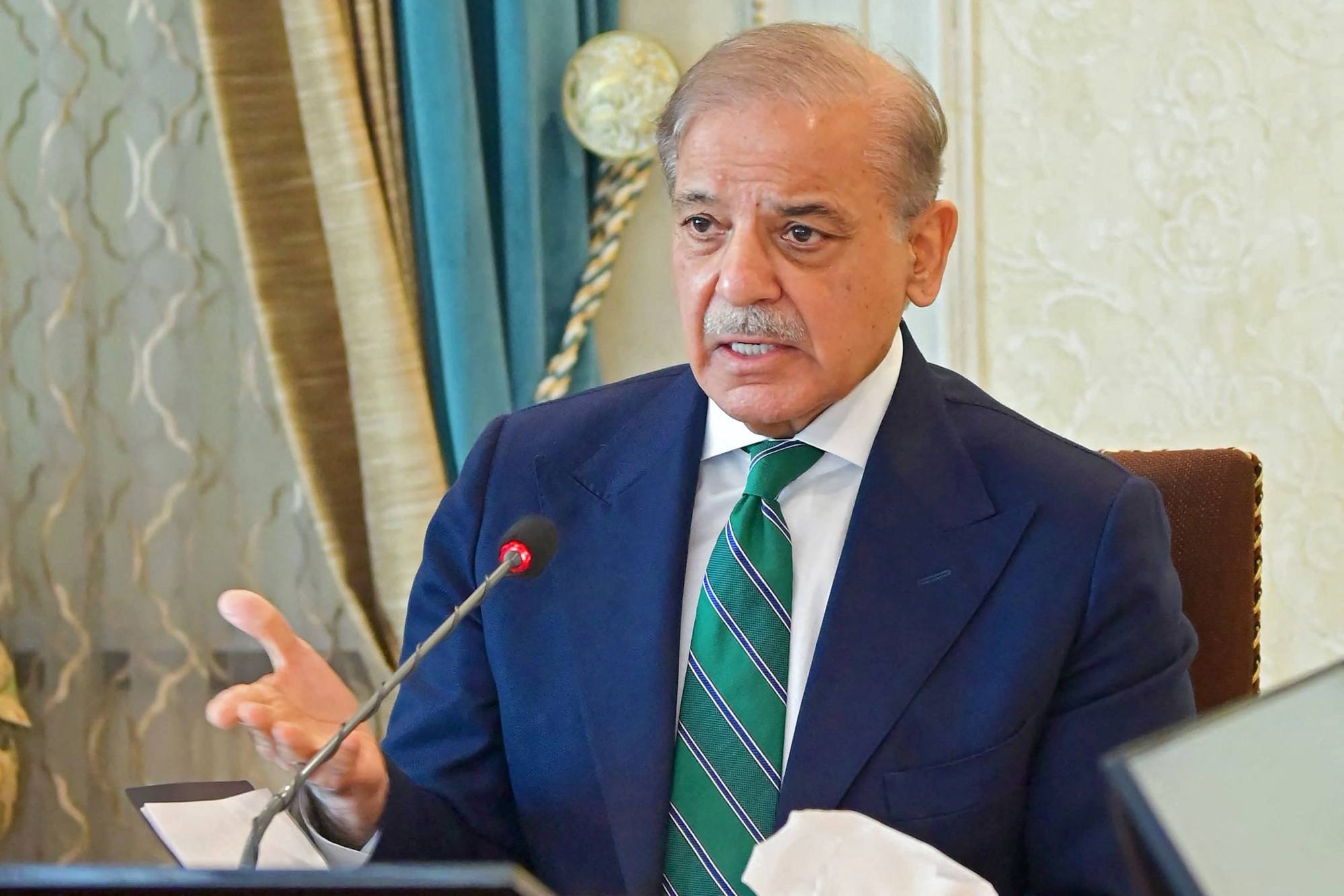
Prime Minister Shehbaz Sharif painted a more optimistic picture, however. Following the Barrick agreement, he said Pakistan could finally “say goodbye” to decades of reliance on the International Monetary Fund and other financial institutions – provided the country could fully capitalise on its mineral resources.
“With the right reforms, planning and integrated policies, that’s possible,” said Farwa Aamer, director of South Asia initiatives at the Asia Society Policy Institute, a New York-based think tank. She called the current moment “a unique opportunity” for Pakistan, not just to revitalise its beleaguered economy “but also to reclaim some of its relevance on the global stage” – a relevance that has waned since the US withdrawal from neighbouring Afghanistan in 2021.
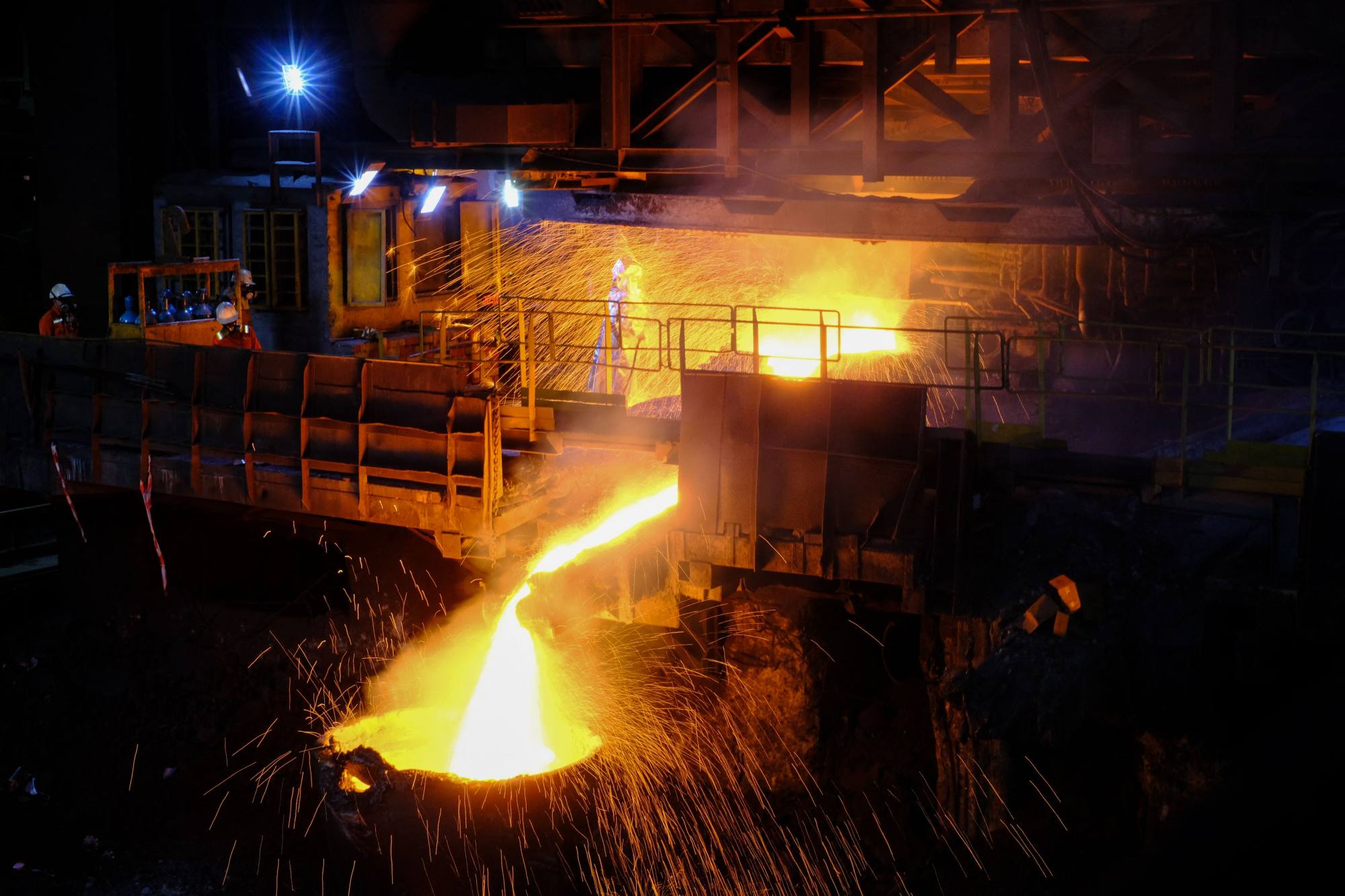
Finance Minister Muhammad Aurangzeb, in a recent address to business leaders in Lahore, likened Pakistan’s copper reserves – part of the Tethyan metallogenic belt stretching from Europe to Southeast Asia – to Indonesia’s transformative nickel industry. Last year, Indonesia’s nickel exports generated US$22 billion.
“Copper is to us what nickel has been to Indonesia,” Aurangzeb said on April 12.
The potential is enormous. A feasibility study estimated that Reko Diq held more than US$60 billion worth of copper and gold. The project is expected to yield 13.1 million tonnes of copper and 17.9 million ounces of gold over its 37-year lifespan, with a quarter of the venture owned by the government of Balochistan, where the deposits are located.
Barrick, which holds a 50 per cent stake, projects US$74 billion in free cash flow over the mine’s lifetime. The first phase, requiring US$3 billion in financing from a multinational consortium led by the International Finance Corporation, is set to begin construction next year, after which exports are expected to commence in 2028. By 2029, operators plan to process 45 million tonnes of ore annually, with capacity doubling by 2034 following an additional US$3.5 billion investment.
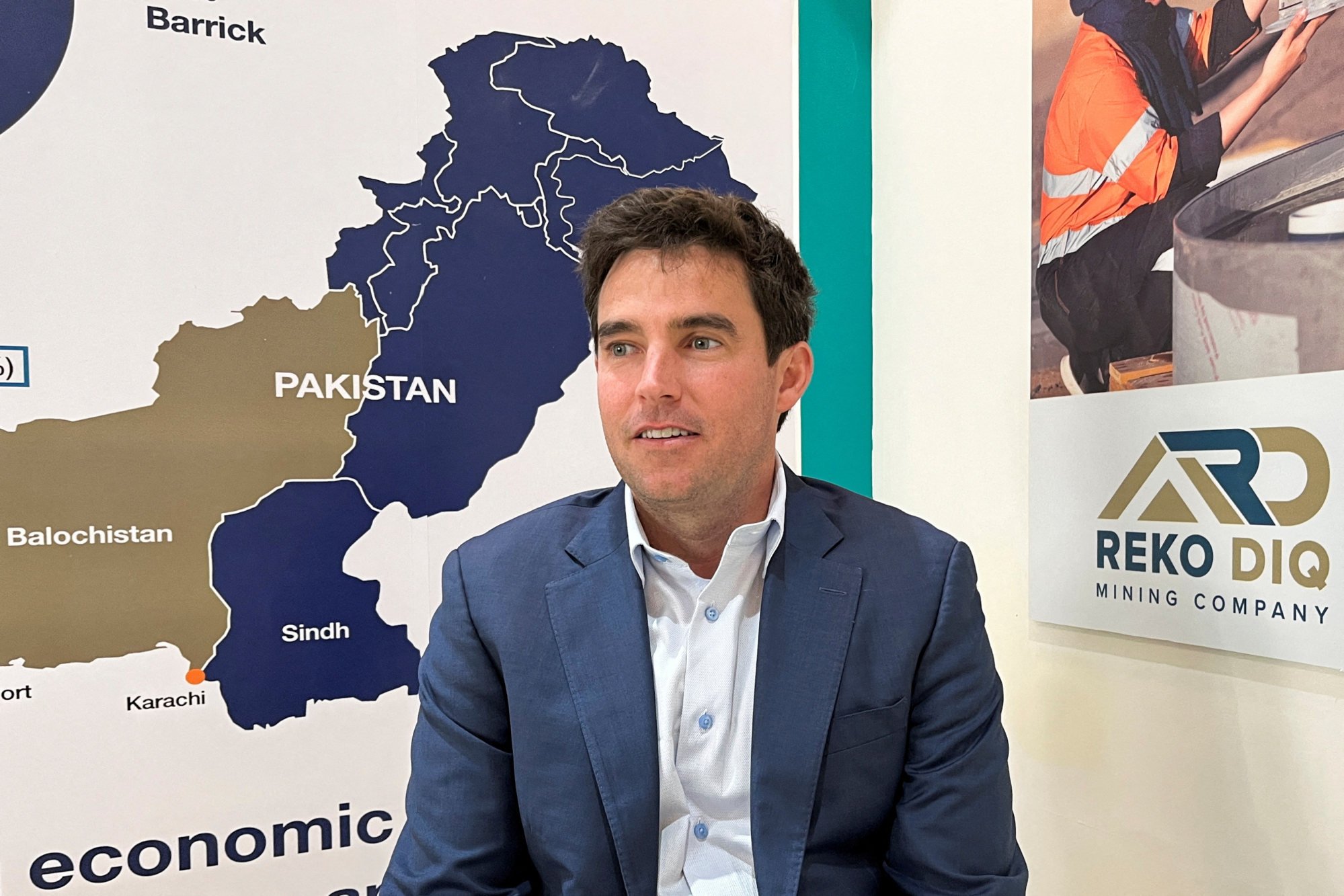
But the path forward is fraught with challenges. Ali Hasanain, an associate professor of economics at Lahore University of Management Sciences, stressed the need for political consensus, regulatory stability and infrastructure investment.
Copper “won’t become Pakistan’s nickel” without sustained effort, he said. Investors need assurances that “today’s permissions won’t become tomorrow’s disputes,” he added, referencing a years-long dispute over mining rights at Reko Diq, which was only resolved in 2022.
Though the project’s revival “helped restore some confidence”, Hasanain warned that “trust remains fragile”. World-class deposits like Reko Diq can only make a meaningful economic impact if they are integrated into global value chains and “that means building refining capacity, logistics corridors and reliable power,” he said.
Such gaps have left Pakistan’s mining sector largely underdeveloped. The Metallurgical Corporation of China (MCC) remains the only major player, operating the Saindak copper and gold mine in Balochistan since 2003 and developing the Duddar lead and zinc project since 2014. Last year, MCC proposed establishing an industrial estate to process extracted metals into finished goods as part of the US$64 billion China-Pakistan Economic Corridor (CPEC).
Barrick, meanwhile, has no plans to invest in downstream manufacturing at Reko Diq, citing a lack of infrastructure, despite Sharif’s recent warning that future deals would require firms to process raw materials locally rather than exporting them outright.
“There has to be an integrated policy where you [investors] mine raw material, have downstream industry, convert them into finished goods and then export it out,” he said at a mining conference in Islamabad on April 8.
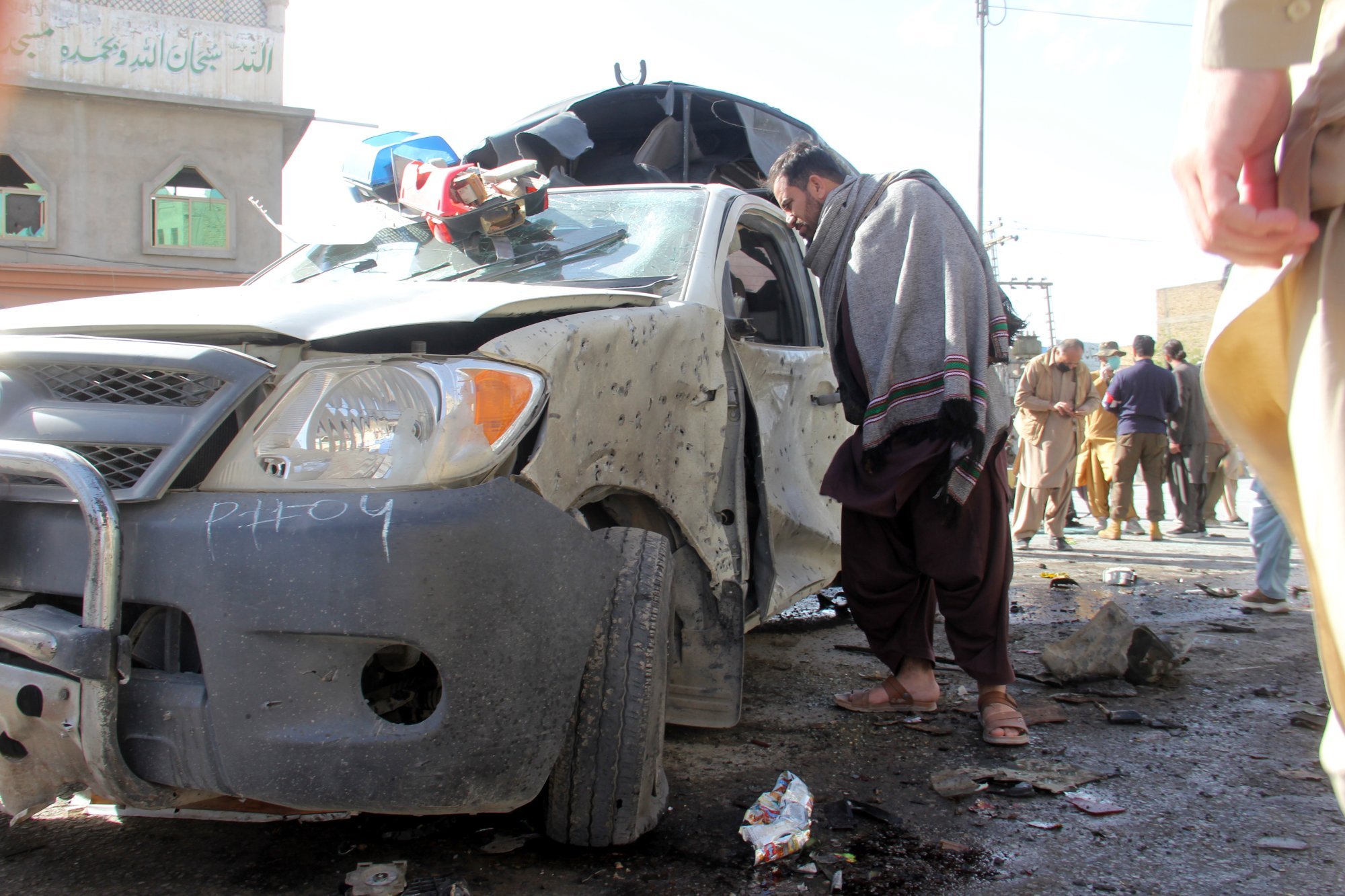
For any of these potential gains to be realised, analysts say Pakistan must first quash the insurgency that has plagued Balochistan for decades. Insurgent attacks have grown increasingly sophisticated in recent years, posing a serious threat to long-term investments.
“Now the investment discourse has significantly picked up, and the US interest in the sector is notable,” Aamer said. “But to truly harness the potential, Pakistan must address the intensifying security challenges in the country.”
Aamer warned against a repeat of the “CPEC situation”, in which security risks have caused delays to what was “touted as a game-changer for the economy”.
Hasanain echoed this sentiment, saying that the state “must demonstrate an ability to protect long-term strategic investments from both militancy and local unrest”. Without a federal consensus and buy-in from local stakeholders, such efforts would falter, he said.
For Kugelman, who is director of the Wilson Centre think tank’s South Asia Institute, Pakistan’s minerals sector remains “an especially hard sell”. He pointed to the inherent volatility of the extractive industry, compounded by Pakistan’s technological and infrastructure deficits, as well as its precarious security environment.
“It’s not just a case of trying to win over foreign financiers uncomfortable with Pakistan’s investment climate,” he said, adding that the various challenges “rule out all but the most risk-tolerant investors”.
Kugelman cast doubt on the idea that mining alone could deliver long-term economic sustainability for Pakistan.
Given the country’s many structural economic constraints – from a narrow tax base to pervasive corruption – “it’s hard to imagine mineral extraction being an elixir for Pakistan’s chronic economic stress,” he said.


